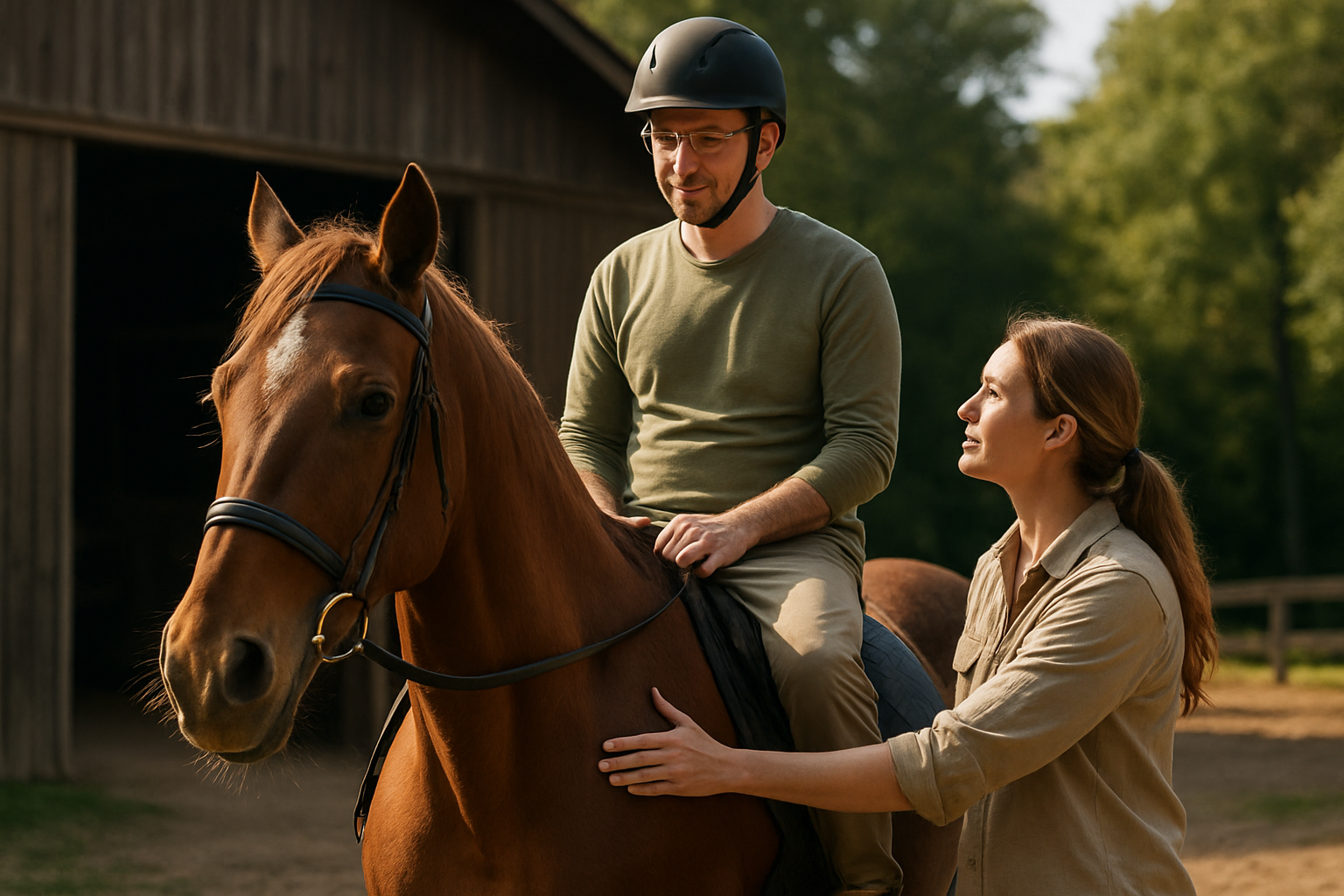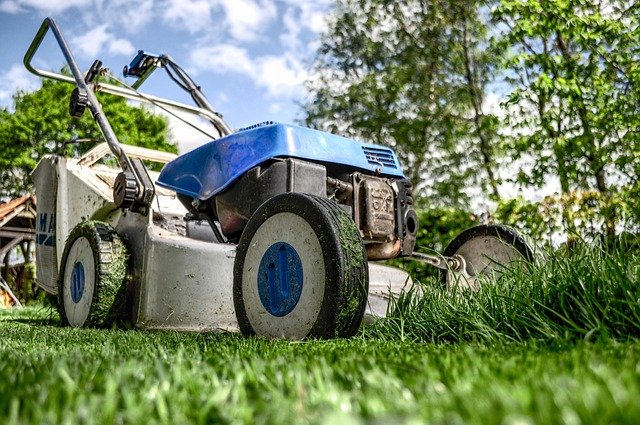Horse Riding: Practical Guide to Skills and Equipment
Horse riding connects physical skill with animal care, combining technique, balance, and communication between horse and rider. Whether you’re starting lessons or refining technique, understanding basic horse behavior, appropriate tack, rider posture, and the range of equestrian activities helps create safer, more enjoyable rides. This guide covers essential topics—horse handling, horseback riding fundamentals, rider fitness and posture, equestrian disciplines, and saddle selection—to give a clear foundation for riders at different stages.

horse: understanding behavior and handling
A basic knowledge of horse behavior reduces risk and improves training outcomes. Horses are prey animals with strong flight instincts; they read body language, tone, and consistency. Learn to approach calmly, speak softly, and avoid sudden movements. Regular grooming, routine veterinary and farrier care, and consistent feeding schedules help horses feel secure. Handling skills—leading, tying safely, and reading subtle cues like ear position and tail movement—are core competencies for anyone spending time around horses, whether at a stable or when working with local services.
horseback riding: learning basic techniques
Beginners often start with walk, trot, and canter transitions, focusing first on balance and rhythm. Lessons emphasize mounting, dismounting, and using reins and legs for gentle communication. Sit centered in the saddle, keep heels down, and maintain a soft contact with the horse’s mouth through the reins. Breathing and relaxed shoulders help the rider stay fluid. Instructors typically progress from guided arena work to controlled outdoor riding as confidence and control improve. Regular practice and short, focused sessions support steady skill development.
rider: posture, balance, and fitness
Good rider posture reduces strain on both the human and the horse. A rider’s core strength, hip mobility, and leg stability contribute to balance and effective aids. Exercises off the horse—planks, Pilates-style core work, and hip-opening stretches—can translate into improved seat and control. On the horse, practice warm-ups that include two-point position and posting trot to build awareness. Mental focus and patience are also key; riders who plan lessons, note progress, and work incrementally tend to advance more consistently than those pushing too fast.
equestrian: different disciplines explained
The term equestrian covers diverse disciplines, each with specific skills and tack requirements. English styles include dressage (precision and movement), show jumping (timed obstacles), and eventing (combining dressage, cross-country, and jumping). Western riding emphasizes different gaits, patterns, and a looser rein contact, commonly seen in trail, reining, and rodeo events. Pleasure riding, endurance, and therapeutic equestrian activities prioritize comfort and steady pacing. Choosing a discipline influences training focus, equipment choices, and the type of instruction a rider seeks.
saddle: choosing and fitting for comfort
A well-fitted saddle is central to horse and rider comfort and safety. Saddles differ by discipline—English versus Western—and by tree shape, seat size, and padding. Fit must accommodate the horse’s back shape and the rider’s seat: a poor fit can cause pressure points, soreness, or behavioral issues. When selecting a saddle, try it on the horse and ride in it briefly, checking for even contact along the panel and allowing room at the wither. Professional saddle fitters and local services in your area can provide measurements and adjustment advice to improve fit.
Conclusion
Horse riding blends practical skills, understanding of equine behavior, and appropriate equipment choices. Progress depends on consistent practice, attention to safety, and responsive care for the horse. Riders benefit from structured lessons, attention to posture and fitness, and investing time in selecting properly fitted tack like a suitable saddle. Whether pursuing a particular equestrian discipline or riding for recreation, applying these fundamentals supports safer, more rewarding experiences for both horse and rider.






